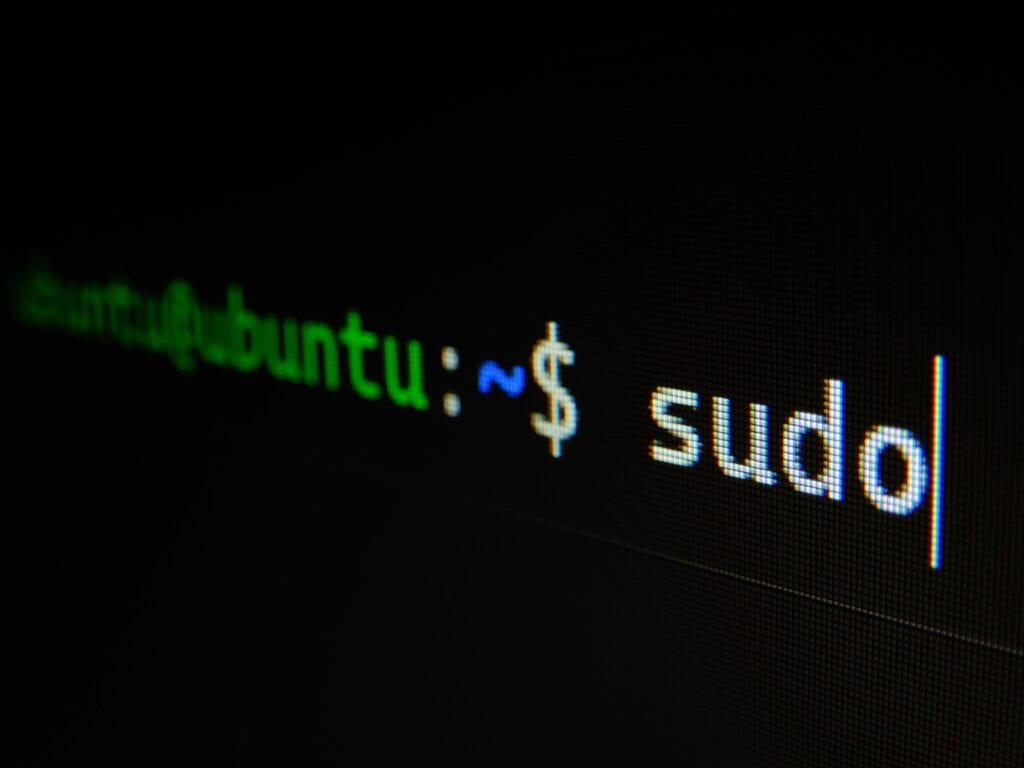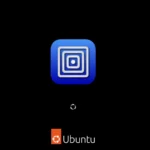Linux users can create Morse code on their computers. Morse code uses dots and dashes to send messages. It’s an old way to talk that still works today.
You can generate Morse code sounds on Linux with simple tools. The “morse” program lets you type letters and hear beeps. This helps people learn Morse code or practice it.
Linux has other ways to work with Morse code too. You can turn text into dots and dashes. Or you can make your computer play Morse code sounds for words you type. These tools make it easy to explore this old code on new machines.
Generating Morse Code on Linux
Morse code, a system of communication using a series of dots and dashes to represent letters and numbers, can be easily generated on Linux using command-line tools. Whether you’re learning Morse code, need to send a coded message, or just want to experiment with this historical communication method, Linux provides the tools you need.
Using morse
The morse command is a versatile tool for encoding, decoding, and transmitting Morse code.
To install morse, use your distribution’s package manager. For example, on Debian or Ubuntu:
sudo apt-get install morseEncoding Text to Morse Code
To encode text into Morse code, simply use the following command:
morse "This is my message in Morse code."This will output the Morse code equivalent of the text:
- .... .. ... / .. ... / -- ..- .- --.. . / .. -. -.-. --- -.. . / -- --- .-. ... . / -.-. --- -.. .Decoding Morse Code to Text
To decode Morse code back into text, use the -d option:
morse -d "- .... .. ... / .. ... / -- ..- .- --.. . / .. -. -.-. --- -.. . / -- --- .-. ... . / -.-. --- -.. ."This will output the original text:
THIS IS MY MESSAGE IN MORSE CODETransmitting Morse Code
The morse command can also transmit Morse code as audio. Use the -t option to enter transmit mode. In this mode, you can type Morse code using the space bar for dots and the enter key for dashes. The program will play the corresponding sounds.
Using beep
The beep command can generate various sounds, including Morse code. While it requires more manual input than morse, it offers flexibility in customizing the sound of your Morse code.
To install beep, use your distribution’s package manager. For example, on Debian or Ubuntu:
sudo apt-get install beepTo generate Morse code with beep, you’ll need to create a script that defines the dot and dash sounds and then uses them to generate the Morse code sequence for your message.
Here’s an example of a simple script to generate the letter “A” in Morse code:
#!/bin/bash
dot="beep -f 800 -l 200"
dash="beep -f 800 -l 600"
$dot
sleep 0.2
$dashThis script defines the dot and dash sounds using beep with a frequency of 800 Hz and lengths of 200 ms and 600 ms, respectively. It then plays the dot, waits for 200 ms, and plays the dash.
You can expand this script to generate more complex Morse code messages by combining the dot and dash sounds with appropriate pauses.
| Command | Description | Options |
|---|---|---|
morse | Encodes, decodes, and transmits Morse code | -d for decoding, -t for transmitting |
beep | Generates various sounds, including Morse code | -f for frequency, -l for length |
Understanding Morse Code
Morse code is a system of communication that uses dots and dashes to represent letters and numbers. It allows people to send messages over long distances using sound or light signals.
History and Significance
Morse code got its name from Samuel Morse. He created it in the 1830s and 1840s. The code was first used with the telegraph. This new tool let people send messages quickly across far distances.
Morse code played a big role in many key events. It helped during both World Wars. Ships and planes used it to talk to each other. Even today, some ham radio fans still use Morse code.
The most famous Morse code signal is SOS. It means “Save Our Souls” and is used to call for help. SOS in Morse code sounds like “di-di-di-dah-dah-dah-di-di-di” when spoken out loud.
Morse Code Elements
Morse code uses two main parts:
- Dots (.) – short beeps or flashes
- Dashes (-) – longer beeps or flashes
These dots and dashes stand for letters, numbers, and some special signs. Here’s a quick look at the Morse code alphabet:
A: .- B: -… C: -.-. D: -..
E: . F: ..-. G: –. H: ….
Each letter has its own special mix of dots and dashes. The letter E is just one dot, while the letter Q is –.-
Numbers use five dots or dashes each. For example:
1: .—- 2: ..— 3: …– 4: ….- 5: …..
Decoding Morse Code
To read Morse code, you need to know what the dots and dashes mean. It takes time to learn. Many people start by learning a few letters at a time.
There are tools to help decode Morse code on Linux. These programs can change dots and dashes into regular text. Some can even make Morse code sounds to help you learn.
To practice, try writing out short words in Morse code. Then see if you can read them back. Start slow and build up your skills over time.
Timing and Speed
In Morse code, timing is key. The space between parts of a letter is short. The space between letters is longer. The space between words is even longer.
People measure Morse code speed in words per minute (WPM). Beginners might start at 5 WPM. Skilled operators can go much faster, up to 20-30 WPM or more.
To get faster:
- Practice often
- Learn common words
- Listen to Morse code recordings
With time and effort, anyone can learn to send and read Morse code messages.
Setting Up Linux for Morse Code
To set up Linux for Morse code, you need the right system and tools. This involves picking a Linux version, getting the needed software, and setting it up correctly.
Linux Distributions
Many Linux versions work well for Morse code. Ubuntu and Debian are good choices. They’re easy to use and have lots of software. Ubuntu is user-friendly and works on most computers. Debian is stable and runs on old machines too.
Both have big software libraries. This means you can find Morse code programs easily. They also get regular updates to stay safe and current.
Required Packages
To make Morse code on Linux, you need special software. The main tool is called “morse”. It turns text into Morse code sounds. Another useful tool is “cwwav”. It makes Morse code sound files.
You might also want a text editor. Linux comes with simple ones like nano. For coding, you can use more powerful editors.
A good terminal is key. The default terminal works fine. But you can get others if you want more features.
Installation Process
Installing Morse code tools on Linux is quick. Open the terminal and type these commands:
Update your system:
sudo apt update
sudo apt upgradeInstall morse:
sudo apt install morseGet cwwav:
git clone https://github.com/aa9pw/cwwav.git
cd cwwav
make
sudo make install
After install, test the tools. Type morse -h to see how to use it. For cwwav, try cwwav --help.
These steps work for Ubuntu and Debian. Other Linux versions might need different commands.
Generating Morse Code on Linux
Linux offers several ways to generate Morse code. These methods range from simple command-line tools to more complex scripts and programs. Users can customize the output and create audio files for various purposes.
Using Command Line Tools
The ‘morse’ package is a handy tool for Morse code on Linux. To install it on Debian or Ubuntu, type:
sudo apt install morse
Once installed, you can use it to convert text to Morse code. For example:
echo "Hello World" | morse
This command will output the Morse code for “Hello World”.
The ‘beep’ command can also make Morse sounds. Install it with:
sudo apt install beep
Use beep to create Morse code tones:
beep -f 1000 -l 100 -D 100 -r 3
This plays three short beeps at 1000 Hz.
Scripts and Programs
Python is great for making Morse code scripts. Here’s a basic example:
morse_code = {
'A': '.-', 'B': '-...', 'C': '-.-.', 'D': '-..', 'E': '.'
# Add more letters here
}
def text_to_morse(text):
return ' '.join(morse_code.get(char.upper(), '') for char in text)
print(text_to_morse("Hello"))
This script turns text into Morse code.
Other programs like KochMorse offer more features. They can help you learn Morse code and practice reading it.
Customization Options
Linux Morse code tools often let users change settings. Common options include:
- Speed: Change how fast the code plays
- Pitch: Adjust the tone frequency
- Volume: Control how loud the sound is
- Format: Choose between text, audio, or visual output
For example, with the ‘morse’ command, you can change the speed:
morse -w 20 "SOS"
This plays “SOS” at 20 words per minute.
Some tools also let you add background noise or fading effects. These features help simulate real radio conditions for practice.
Audio Output
Many Linux Morse code tools can create audio files. The ‘morse’ command can make WAV files:
morse -w 15 "CQ CQ CQ" > morse.wav
This saves a 15 WPM “CQ” call to a WAV file.
You can play these files with standard Linux audio players. Or you can use them in radio software or audio editing programs.
For live output, tools often use the system’s default audio device. Make sure your sound is set up correctly in Linux for best results.
Practical Applications
Morse code on Linux has several useful real-world applications. It can help with ham radio communication, emergency signaling, and creating light or sound signals.
Communicating with Hams
Morse code is still used by many amateur radio operators. Linux tools can help hams practice and send Morse signals.
The Linux terminal can generate Morse code sounds. This lets users learn the code by ear. Hams can use these tools to prepare for radio contacts.
Some Linux programs can also decode incoming Morse signals. This helps radio operators understand messages from other stations.
For practice, Linux apps can create fake QSOs (radio contacts). These mock conversations help build speed and skill.
Emergency Signaling
Morse code is useful in emergencies when other communication methods fail. Linux systems can quickly send SOS and other key signals.
The ability to transmit Morse by sound or light is valuable. In a crisis, a laptop with Linux could become a signaling tool.
Linux programs can turn text into Morse code fast. This speeds up creating emergency messages.
Some distros have Morse tools pre-installed. This makes Linux machines ready for unexpected situations.
Lights and Sound
Linux can control lights and speakers to send Morse signals. This has both practical and fun uses.
For visual signaling, programs can flash a laptop screen or LED. This works well for quiet communication.
Audio Morse is easy to create on Linux. The system can beep out messages through speakers or headphones.
Morse generators on Linux work with different tones and speeds. Users can adjust the sound to fit their needs.
These features let Linux act as a versatile signaling tool. It can adapt to various situations where Morse code is helpful.
Additional Resources and Community
Linux users can find many tools to help with Morse code. The Linux terminal offers programs for learning and generating Morse code sounds. These programs make it easy to practice.
Online Morse code translators are helpful too. They turn text into dots and dashes quickly. This saves time when working on projects or studying.
Joining Morse code groups can boost your skills. Look for local ham radio clubs or online forums. These spaces let you talk with other learners and experts.
Some websites share Morse code news and tips. They keep you up to date on new tools and methods. Reading these sites can improve your knowledge.
GitHub hosts open-source Morse code projects. The Morse Code Ninja repository is one example. It has software for making Morse code audio files.
Reddit has a community for ham radio fans. They often talk about Morse code there. You can ask questions and get advice from experienced users.
By using these resources, you can learn more about Morse code on Linux. They offer ways to practice, connect with others, and stay informed.
Frequently Asked Questions
Linux offers several tools for working with Morse code. These tools can encode text, decode signals, and help with practice. Here are answers to common questions about Morse code on Linux.
How can one encode text to Morse code using the Linux command line?
The morse command can encode text to Morse code. Users can install it with the package manager. After installation, they can type “morse” followed by the text to convert.
What software options are available for Morse code decoding on Linux?
Linux has programs like CW (Continuous Wave) and fldigi for decoding Morse code. These apps can turn audio signals into text. They work with both recorded files and live audio input.
What utilities exist for training in Morse code interpretation on Ubuntu?
Ubuntu users can try KochMorse. This program helps practice Morse code. It uses the Koch method to teach letters step by step. The app plays sounds and asks users to type what they hear.
Are there any command-line programs for Morse code translation available in Linux repositories?
Yes, the morse package is in many Linux repos. It works in the terminal to change text to Morse code and back. Users can pipe text into morse or use it interactively.
How to create Morse code audio files from text in Linux?
The beep command paired with morse can make audio files. First, encode the text with morse. Then use beep to play the dots and dashes as sounds. This output can be saved as an audio file.
What is the best way to practice Morse code on Linux?
KochMorse is good for beginners. It lets users pick characters to learn. For more advanced practice, real radio signals or recordings work well. The fldigi program can decode these signals for checking answers.






